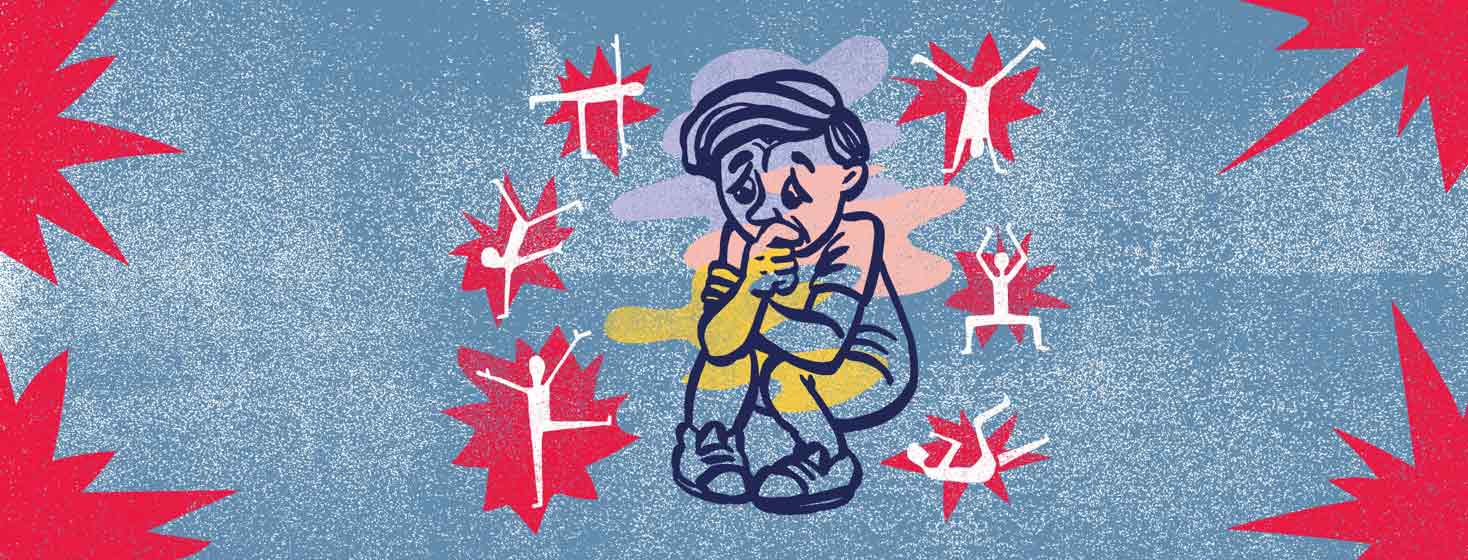What to Expect at Your Physical Therapy Visit: Part 1
My last article was about finding a pelvic floor physical therapist (PT), so now let’s move on to what will happen at that first visit. Many of my patients arrive wide-eyed and suspicious of why they were sent to a physical therapist for bladder problems (or any other pelvic health problems, like ED, pain, or bowel issues).
PTs know this, and so we are going to talk your ear off and show you pictures of anatomy that you really don’t want to see. And we will explain, explain, explain.
Why do we spend so much time talking? We want you to understand how your body works. I believe that the most important part of my job is educating my patients about how they can help themselves. After this, the response is usually “Wow, I had no idea.” Yup, we knew that, and that is why we just talked your ear off and showed you pictures that you didn’t know you needed to see.
Be prepared to answer questions about . . .
As a pelvic floor PT in a practice where we have the privilege of working with the majority of our prostatectomy patients before surgery, I understand that that is not currently the norm. But, in general, whether you have a PT visit before or after surgery, we will generally be doing similar care.
First of all, we will ask questions. Be prepared to answer questions about:
- Your current and past history of any bladder issues, including how often you urinate day and night, loss of control, or difficulty emptying.
- What are you drinking, and how much?
- Are you having daily bowel movements? If not, how often? Any pain?
- Sexual function? How are things going with erections?
- What is your occupation? How active are you? Do you have an exercise program that you participate in?
The answers to these questions will help us begin to help you. We can identify areas that need work and begin to identify how the pelvic floor muscles and bladder are functioning.
Learning about how the pelvic floor muscles function
Often, this is the point where we will begin to educate you on the function of your pelvic floor muscles in relation to bladder, bowel, and sexual organs. This prepares you to learn how to correctly perform Kegels.
Current research tells us that performing pelvic floor exercises (aka Kegels) is the best way to improve bladder control quickly after surgery. Ideally, you are actually starting these exercises before surgery, but starting them any time will help.
How to teach people Kegels
There are several ways to teach others how to do Kegels, including verbal instruction with visual assessment. The PT may view the perineum to assess that you are correctly performing the exercise. This would include a lot of verbal cueing with the PT monitoring other muscle groups to make sure you are engaging the correct muscles.
In our office, we are fortunate to have EMG biofeedback, and many other practices will have this tool as well. With EMG, we use small sticky electrodes placed on the skin at the anus. The PT will place the stickers on you.
This may feel a little weird, but the information you get from it is worth it for sure! It literally takes about 10 seconds to get the stickers on, and then you are able to be completely dressed.
The EMG will actually show you a visual picture (I use graphs) of you performing a Kegel in real time. So, basically you squeeze and we (including you) see a response on the screen. This is an incredibly helpful tool.
The PT will guide you through performing the Kegels, measuring how long you can hold, how many you can do, which position is ideal for starting, and whether you are doing the exercises correctly. You should also be given an opportunity to practice with the EMG biofeedback.
Heading home with a personalized program
With all this information, you will leave the office with a personalized home program that includes Kegels and dietary and exercise recommendations.
I hope this helps to inform you of some things to expect at your first PT visit.
Read more in What To Expect At Your Physical Therapy Visit: Part 2!

Join the conversation